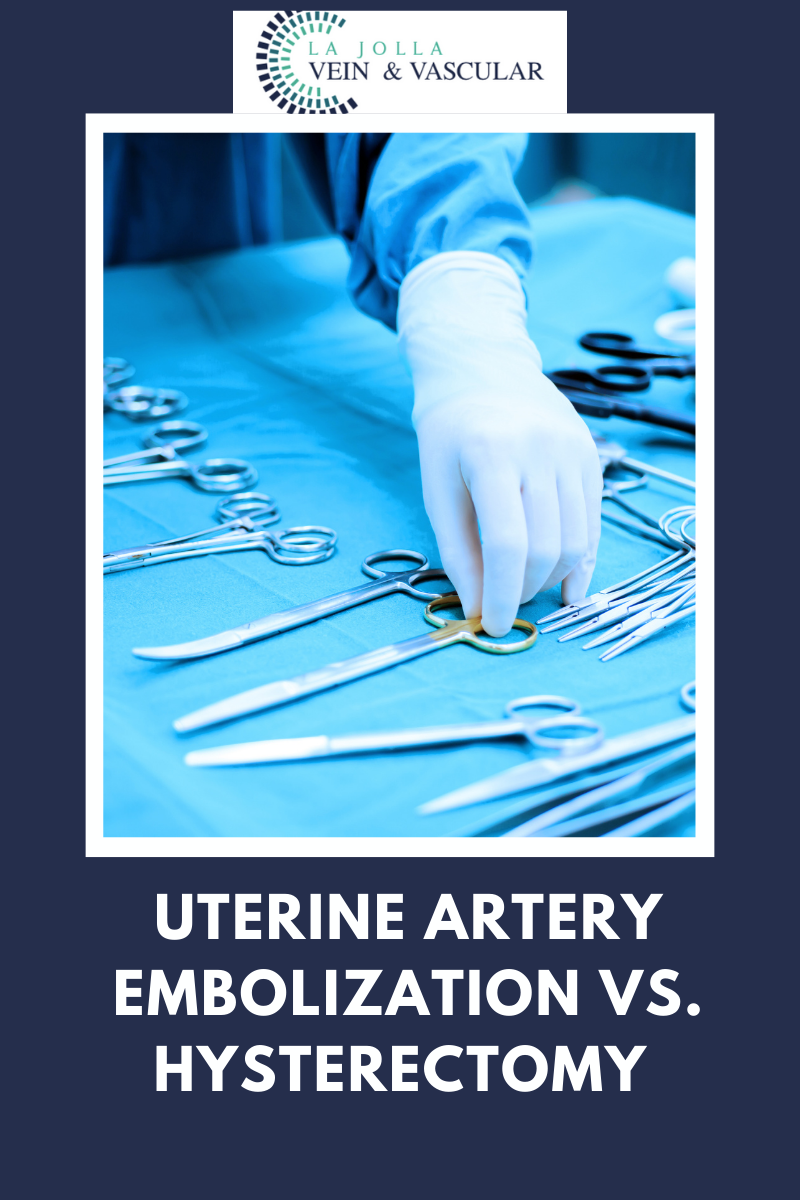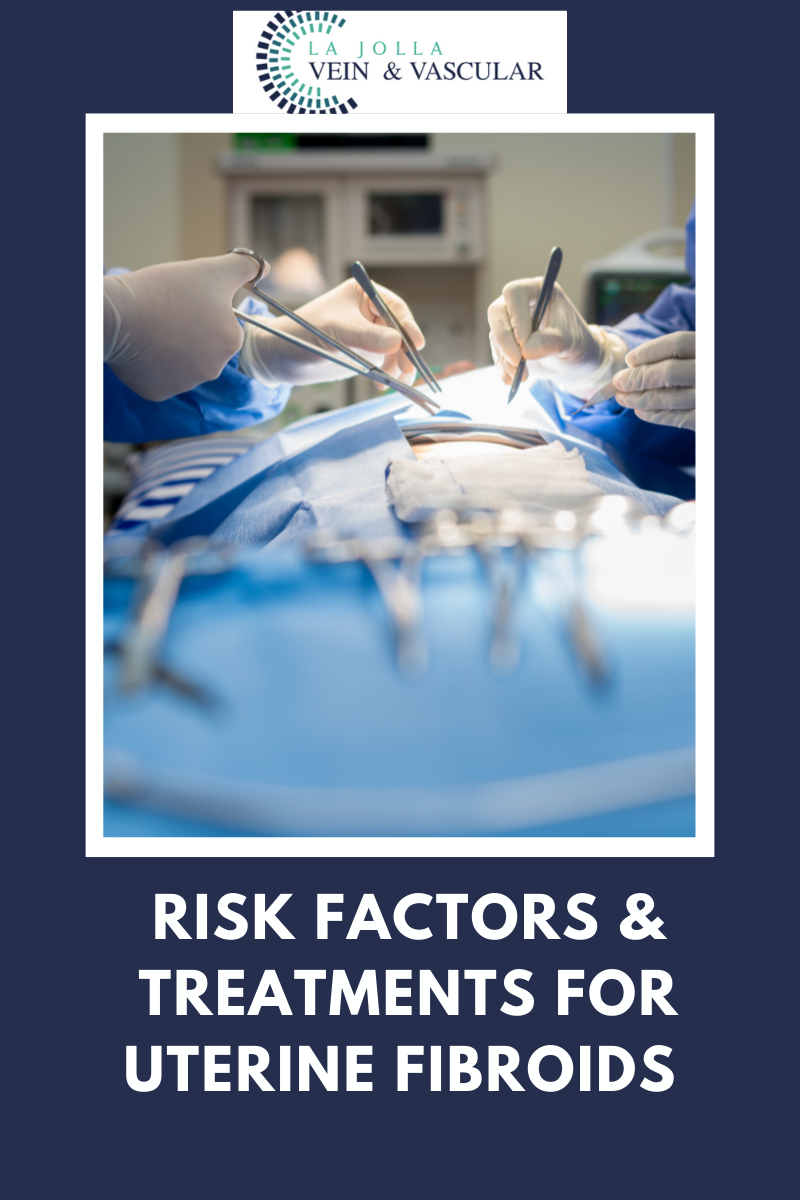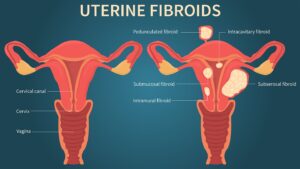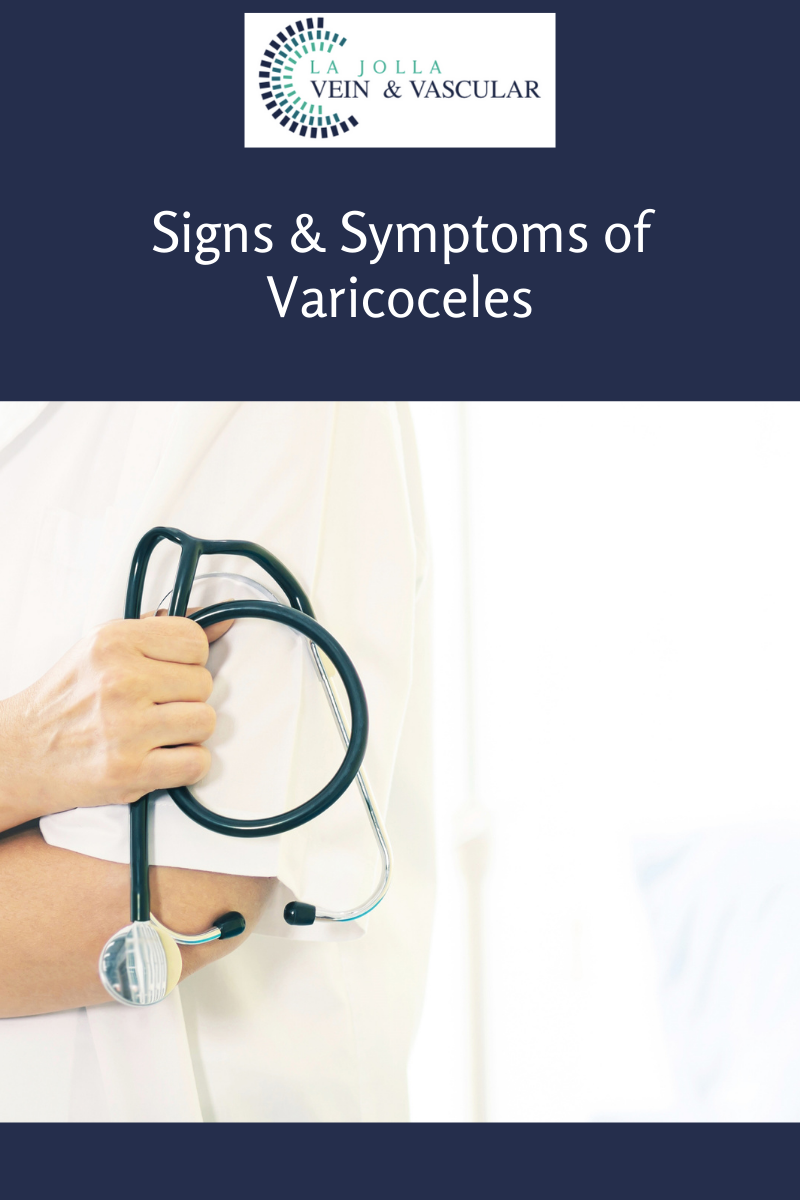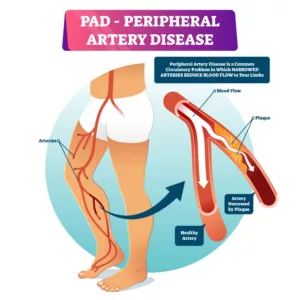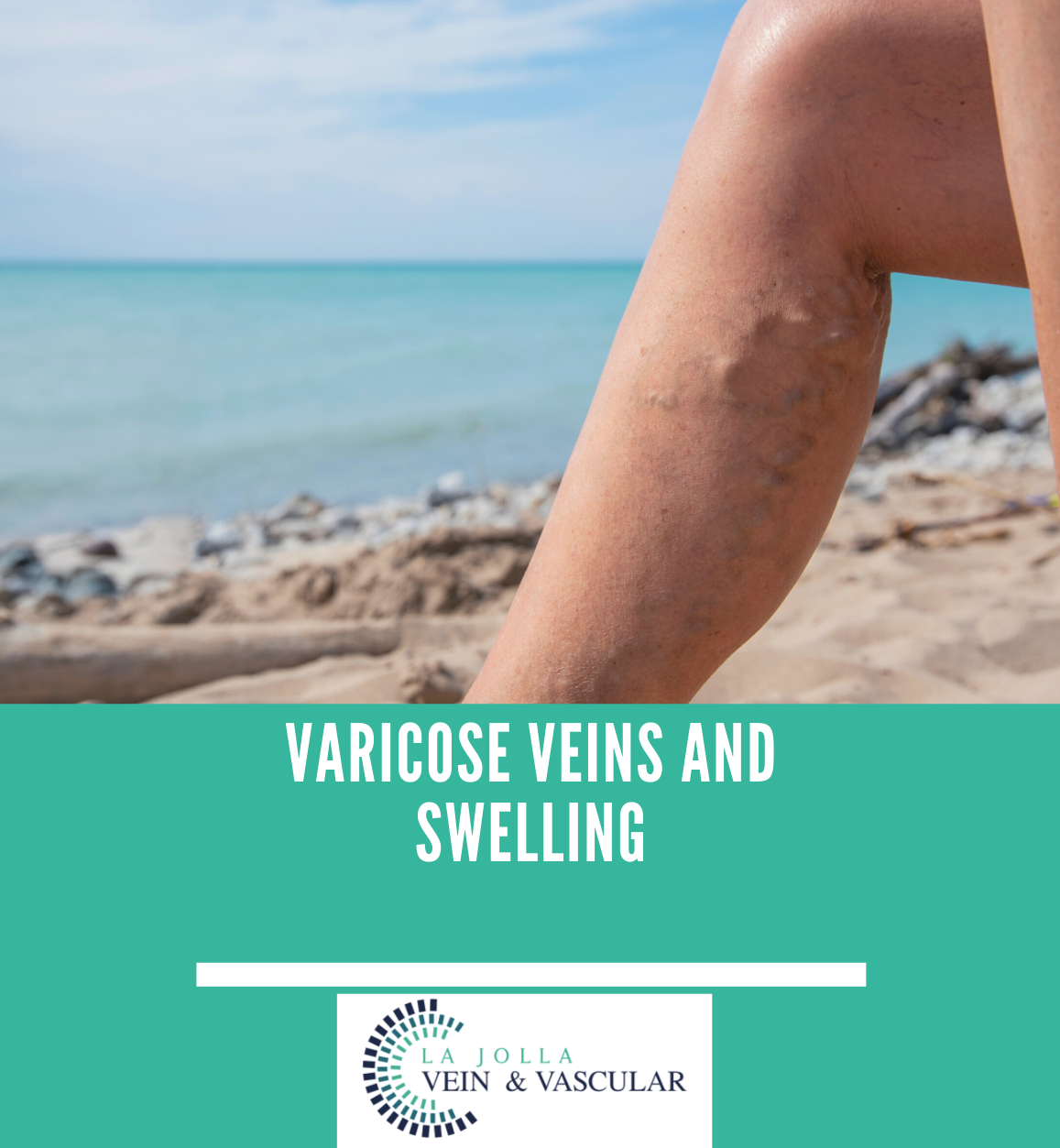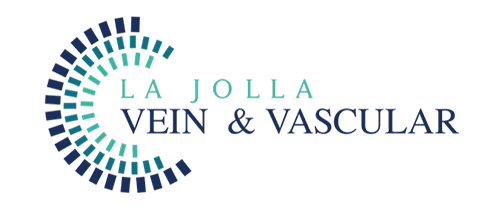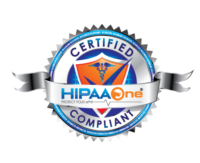Uterine Artery Embolization (UFE) vs. Hysterectomy
LJVascular2022-04-29T17:33:47-07:00Benefits of UFE Over Hysterectomy
UFE ( Uterine Artery Embolization ) is a minimally invasive procedure that is effective for treating uterine fibroids and is considered an alternative to uterine fibroid surgery removal. UFE is typically performed as an outpatient procedure, which means that most women go home the same day for recovery.

